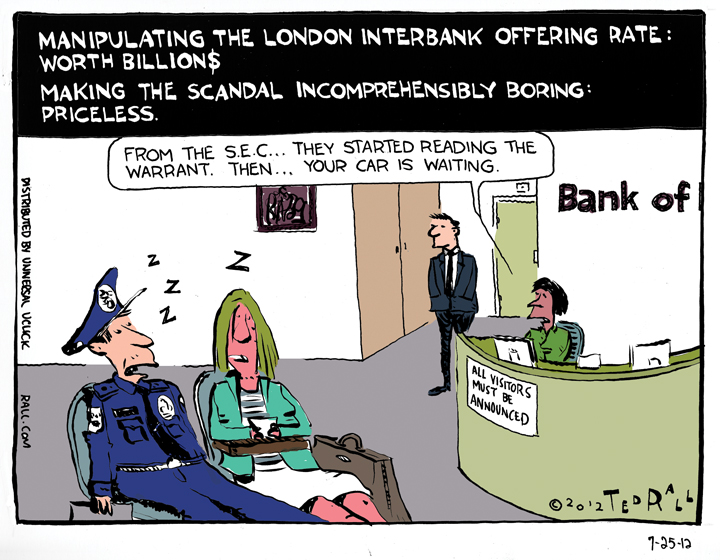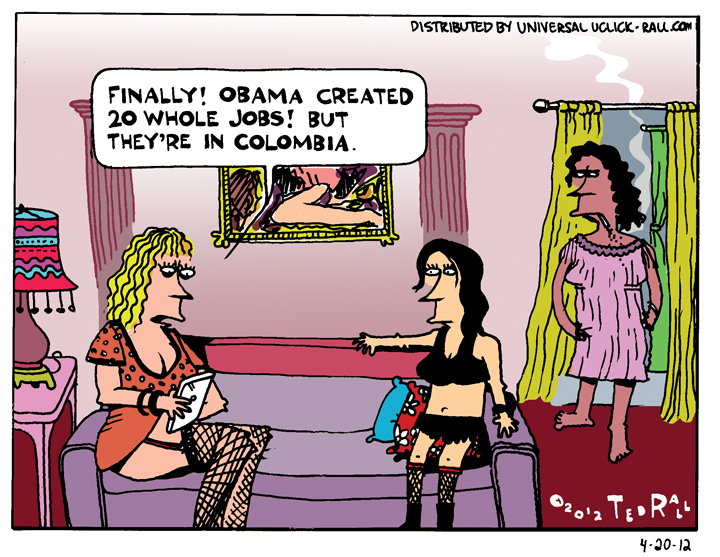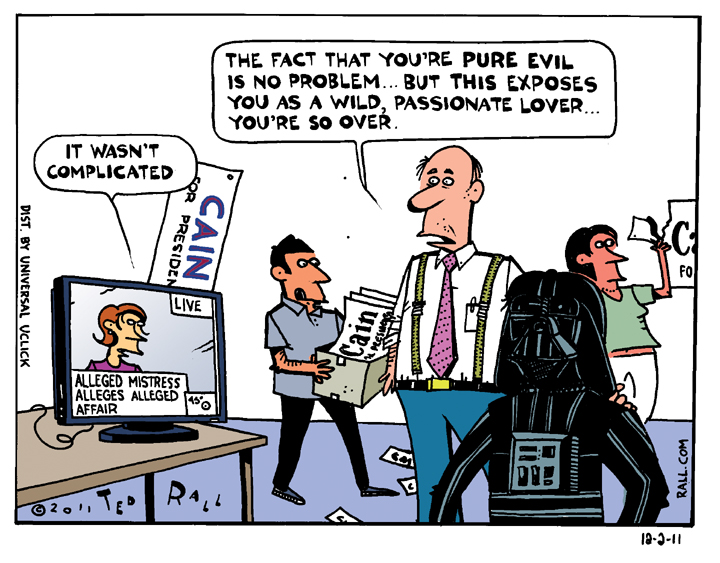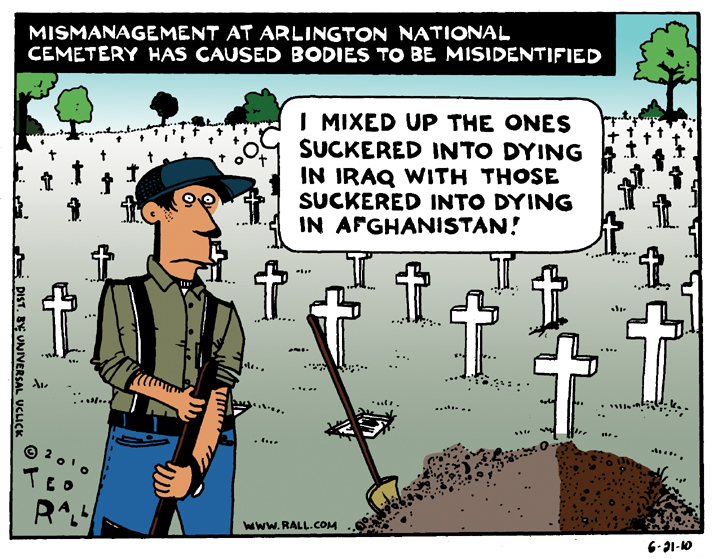
More than half of the people who managed to score a personal one on one meeting with Hillary Clinton while she was Secretary of State donated money to the Clinton Foundation, either as an individual or through a company where they worked. “Combined, the 85 donors contributed as much as $156 million. At least 40 donated more than $100,000 each, and 20 gave more than $1 million,” the Associated Press reported.
Does that make Hillary corrupt?
Yes.
It does.
At this writing, there is no evidence that anyone received any special favors as a result of their special access to Clinton. Not that treats were not requested. They were. (The most amusing was Bono’s request to stream his band’s music into the international space station, which was mercifully rejected.)
That’s irrelevant. She’s still corrupt.
Clinton’s defenders like to point out that neither she nor her husband draw a salary from their foundation. But that’s a technicality.
The Clintons extract millions of dollars in travel expenditures, including luxurious airplane accommodations and hotel suites, from their purported do-gooder outfit. They exploit the foundation as a patronage mill, arranging for it to hire their loyalists at extravagant six-figure salaries. Only a low portion of money ($9 million out of $140 million in 2013) makes its way to someone who needs it.
“It seems like the Clinton Foundation operates as a slush fund for the Clintons,” says Bill Allison of the Sunlight Foundation, a government watchdog group.
As a measure of how institutionally bankrupt American politics is, all this crap is technically legal. But that doesn’t mean it’s not corrupt.
Public relations experts caution politicians like the Clintons that the appearance of impropriety is almost as bad as its actuality. If it looks bad, it will hurt you with the polls. True, but that’s not really the point.
The point is: access is corruption.
It doesn’t matter that the lead singer of U2 didn’t get to live out his rocker astronaut fantasy. It’s disgusting that he was ever in a position to have it considered. To put a finer point on it, ethics require that someone in Hillary Clinton’s position never, ever take a meeting or correspond by email or offer a job to someone who donated money to her and her husband’s foundation. Failure to build an unscalable wall between government and money necessarily creates a corrupt quid pro quo:
“Just got a call from the Clinton Foundation. They’re shaking us down for a donation. Should we cough up a few bucks?”
“Hillary could be president someday. Chelsea could end up in the Senate. It couldn’t hurt to be remembered as someone who threw them some money when they asked.”
This, I 100% guarantee you, was the calculus when Wall Street firms like Goldman Sachs paid hundreds of thousands of dollars to Hillary for a one- or two-hour speech. She doesn’t have anything new to say that everyone hasn’t already heard a million times before. It’s not like she shared any valuable stock tips during those talks. Wealthy individuals and corporations pay politicians for one thing: access.
“It’s not pay to play, unless somebody actually gave someone 50 cents to say I need a meeting,” counters DNC interim chair Donna Brazile. “No. In this great country, when you meet with constituents, when you meet with heads of states, when you meet like Bono, who I love, you meet with them because they want to bring a matter to your attention. That’s not pay to play.”
It ain’t 50 cents.
But it is pay to play. Absolutely.
Access is a zero-sum game. If I get a meeting with a senator, that’s a meeting someone else doesn’t get. I shouldn’t get a leg up over you because I donated to a politically connected, nominally charitable foundation. For that matter, I shouldn’t get a meeting you can’t get because I know someone, or because I’m famous, or whatever. Access should be, has to be in a democracy, determined solely by meritocratic criteria. Political leaders like Hillary Clinton need to be meeting with people who can offer them the best advice and who need the most help — not those who bought their way in.
Anyone who doesn’t understand that access always equals corruption, even when access doesn’t result in favors, doesn’t deserve to hold political office.
(Ted Rall is author of “Trump: A Graphic Biography,” an examination of the life of the Republican presidential nominee.)
REVISED 9/13/16: In last week’s column,”At the Clinton Foundation, Access Equals Corruption,” I wrote that the charity rating agency Charity Navigator did not rate the Clinton Foundation due to its poor performance. While that was true in the past, and I relied on that previous information while researching my piece, at present the Clinton Foundation actually receives a fairly respectable rating from Charity Navigator. This essay has been revised to reflect this changed information.


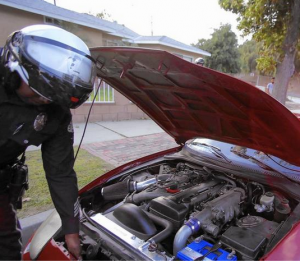 Officer Durr (shown at right) angrily accused me of jaywalking, though he would’ve known full well I did no such thing if he’d actually watched me cross Melrose.
Officer Durr (shown at right) angrily accused me of jaywalking, though he would’ve known full well I did no such thing if he’d actually watched me cross Melrose. But last week, on July 27, Times reporter
But last week, on July 27, Times reporter 
